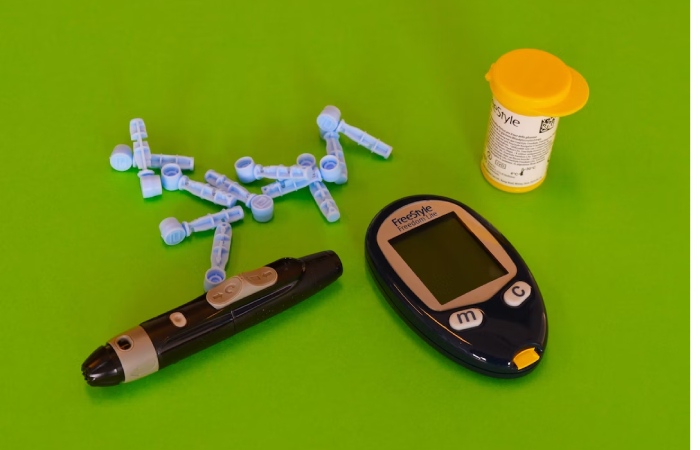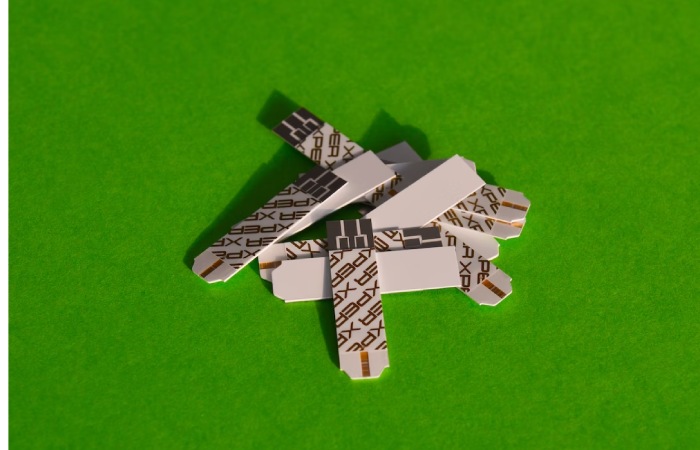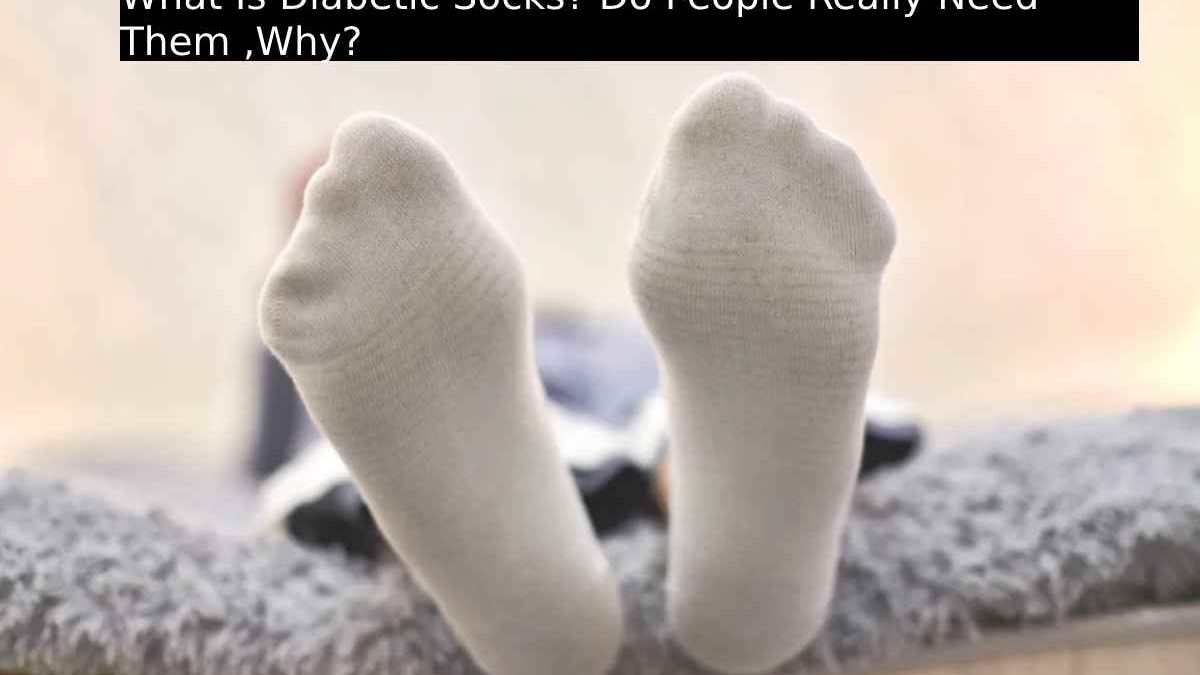diabetic socks-People suffering from diabetes are advised by their doctor to take utmost care of their feet. If you are suffering from diabetes, your doctor has probably told you how important it is to take care of your feet because even a minor injury can lead to serious ulcers if not treated and left. Discover the early signs of diabetes complications you may be missing here.

With the increasing attention to foot care, different diabetic socks are now available. But do you need that?
Table of Contents
Overview
“Diabetic socks are nothing more than seamless socks with extra padding or padding like a shoe insert. But, most often, we recommend gel socks. They protect the feet and reduce the risk of injury or injury,” says Dr. V Balaji, diabetologist at Dr. V Seshiah and Dr. Balaji Diabetes Care Centre, Chennai.
One of his patients, Manju Reddy, who has been wearing these socks for three months, says they are a godsend. “I have peripheral neuropathy (damaged nerves), and I have no feeling in my feet. Even if something itches, I don’t know until I see the bleeding. When I wear regular shoes, my skin peels off and causes cellulite ( bacterial) skin infection) These socks protect my feet and cushion.
The International Diabetes Federation has reported that a lower limb amputation occurs every 30 seconds in people with diabetes worldwide. Although diabetic foot is a serious public health problem, very few studies and investigations have conduct.

- Prevents blisters on the skin of the feet
- Reduce pressure on the foot and/or lower leg
- Reduce moisture build-up
- What Are Diabetic Socks?
“Diabetic socks” are socks specially designed to prevent foot problems in people with diabetes. Its features is design to solve all the above problems and help you keep your feet healthy.
These socks usually made from a moisture-wicking material like those found in athletic wear to help keep feet dry. Some brands even have antimicrobial properties to prevent bacterial and fungal growth in their fabrics. socks will keep your feet warm and promote good blood circulation in cold weather.
So, Should You Choose Diabetic Socks Or Not?
Since there isn’t enough relevant medical information on this topic yet, it can be difficult to decide. So stick to the basics, as the American Diabetes Association recommended in an article titled Socks Recommendations for People With Diabetes.
Wear comfortable socks if you have normal feet with no injuries or deformities. However, avoid ones with awkward seams or bulges to reduce friction.
Choose cloth socks that conform to your skin.
If you have less feeling in your feet, wear thick, padded socks in a lighter color. Reduced pain sensitivity means a higher risk of unnoticed injuries. Therefore, padded socks provide extra protection for your feet. In addition, the lighter color helps you identify if there is an injury that has caused an oozing wound.
opt for cushioned acrylic socks if you do a lot of exercises (e.g., running or brisk walking), which makes your feet sweat more. In addition, this acrylic fiber and padding combination keeps your feet dry and less likely to blister.
The vital thing to think of is researching what works best for your feet rather than relying on the diabetic socks label. Check your feet regularly for signs of damage and wear well-fitting socks and shoes. This, along with blood sugar control, can help you avoid foot complications. Before purchasing, consult your doctor and discuss the need for diabetic socks.

Benefits
Diabetic socks are also non-stretchy to avoid slowing or obstructing blood flow than normal socks can cause. It might seem like an exaggeration but think of all those times at the end of the day that you’ve pulled off your socks to see a split ring around your ankle.
This is not a problem for people who are not diabetic and will likely go away within minutes. But for people with diabetes, anything that reduces blood flow to the feet can cause long-term harm.
They are also seamless, so you don’t have to fear annoying chafing that causes blisters. Something as small as a blister can eventually develop into an ulcer in someone with neuropathy or chronic hyperglycemia. Special padding in sensitive areas also prevents such injuries.
In many cases diabetic socks have a white sole. socks will alert the wearer if they have a foot injury as the outflow of blood or other liquids will be visible from the outside of the sock.

